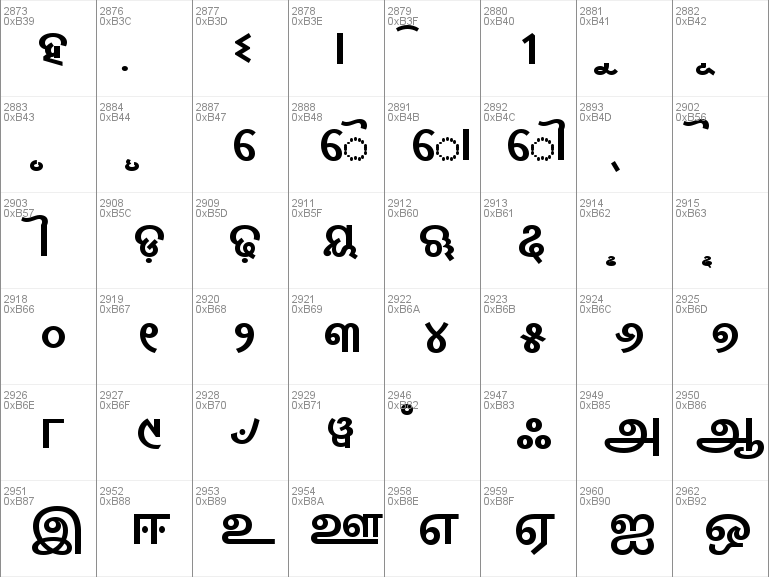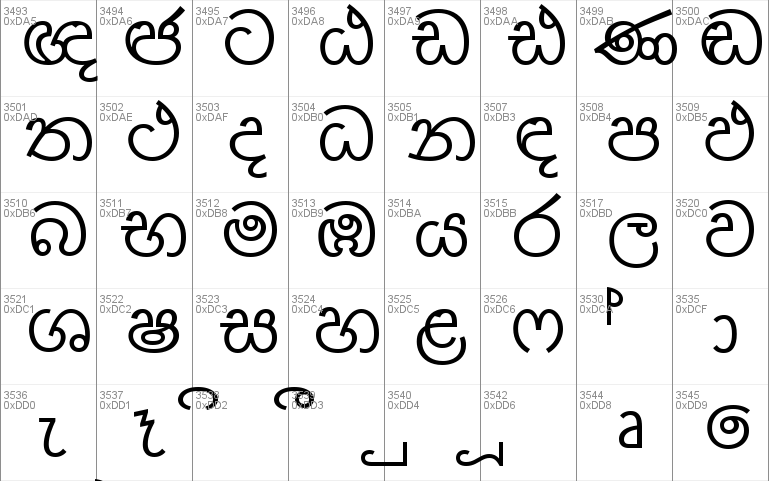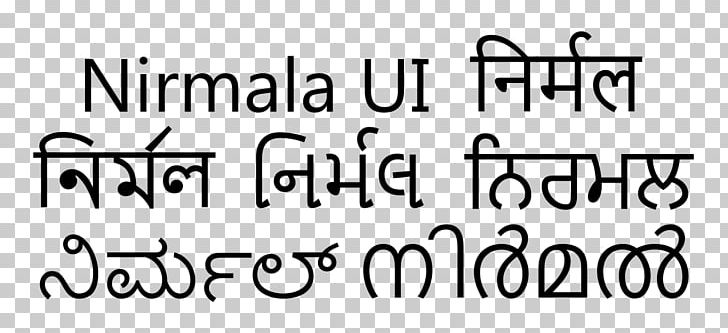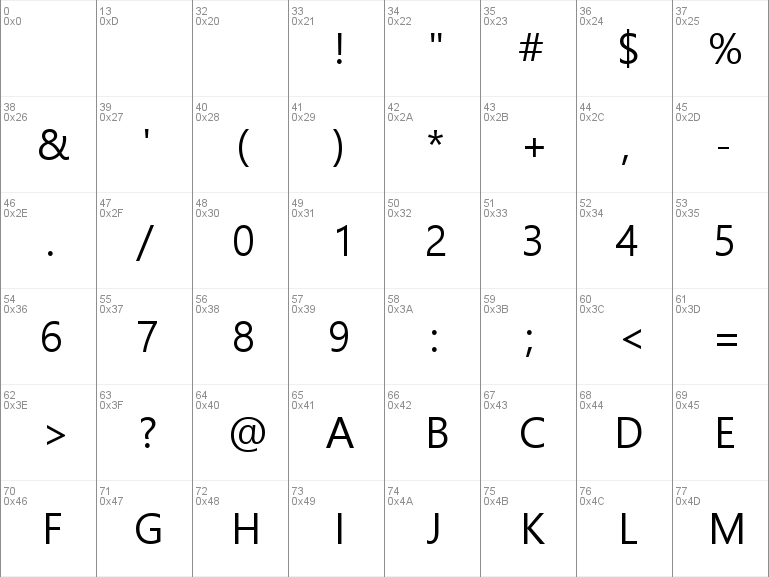

Try using a unicode font that supports Sinhala. The default monospaced font in Netbeans is not sufficient for unicode characters. I tried changing the Sources -> Encoding type to UTF-8.Īnd now my nf file I changed netbeans_default_options and added -J-Dfile.encoding=UTF-8 like below netbeans_default_options="-J-Dfile.encoding=UTF-8 .autoregister.token=1378930362898 .autoregister.catalinaHome=\"C:\Program Files\Apache Software Foundation\Apache Tomcat 6.0.20\" =\"C:\Program Files\sges-v3\" -J-client -J-Xss2m -J-Xms32m -J-XX:PermSize=32m =true =true =true =true" I can do this without a problem in eclipse environment.

It will display as little boxes both in the code and the output.

But Sinhala characters are not displaying correctly. You can find thousands of Sinhala Language based TrueType, OpenType and BoldType Fonts here at Sinhala Fonts.I tried to print Sinhala characters in NetBeans 7.1 Java application.(In windows 7)

The rich diversity in the Language has given rise to diversity in the calligraphic designs and fonts as well. The closest relatives are the Vedda language (an endangered, indigenous creole still spoken by a minority of Sri Lankans, mixing Sinhala with an isolate of unknown origin and from which Old Sinhala borrowed various aspects into its main Indo-Aryan substrate), and the Maldivian language. It has two main varieties, written and spoken, and is a conspicuous example of the linguistic phenomenon known as diglossia. Sinhala Culture played a major role in the development of Theravada Buddhist literature. The oldest Sinhalese Prakrit inscriptions found are from the third to second century following the arrival of Buddhism in Sri Lanka, while the oldest extant literary works date from the ninth century. The Fonts offered by Sinhala Fonts can be helpful too. Thus, if you want to communicate with people from Sri Lanka or native users of Sinhalese Language, it is essential to get an understanding of the culture and language. Native People from Sri Lanka use the Sinhalese Language and Scripts.


 0 kommentar(er)
0 kommentar(er)
